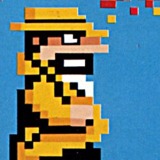Fox 'N Forests is a clunky 'Euro' style 16-bit platformer. I don't know how they're going to 'fix' it for the Amico.
By bigsocrates 7 Comments
Fox ‘N Forests is one of those games I picked up for $5 on an Xbox sale because I’d seen some coverage that said it was a classic 16-bit style platformer with a fun twist. The first time I played it I only played one level, which took me about 20 minutes, and then set it down because it seemed both bland and clunky, which is not a great combination. Plus the level was 20 minutes long, which is a lot for a classic style 2D platformer. I don’t know if I would ever have picked it up again, but then I heard they were remaking it for the new Intellivision Amico system and I became curious about it. They were pushing the new version, called Finnigan Fox, as one of their higher tier launch titles and I wanted to see if there was more to it than I’d initially thought. As it turns out, there is. But not in a good way.
Fox ‘N Forests is, indeed, a 16-bit style platformer. You play as an anthropomorphic fox named Rick who is tasked by the tree of seasons with retrieving the bark of seasons from four fiends who have stolen pieces of it. You start out with the ability to jump, shoot your crossbow, and use a melee attack, and over the course of your ‘adventure’ you will gain additional abilities like new crossbow shots and the ability to use a groundpound attack or a double jump spin attack. You have one more ability, which is the power to switch between two different seasons on any level with the touch of a button. This has the effect of changing the level in ways that we’ve all seen before. A river might freeze over so you can cross it. A vine might wither so you can pass by, or a different vine might bear fruit that you can use as a platform. Every level has two versions and Rick can switch to the ‘alternate’ season and back quickly, though he can only maintain the alternate season as long as his magic holds out.
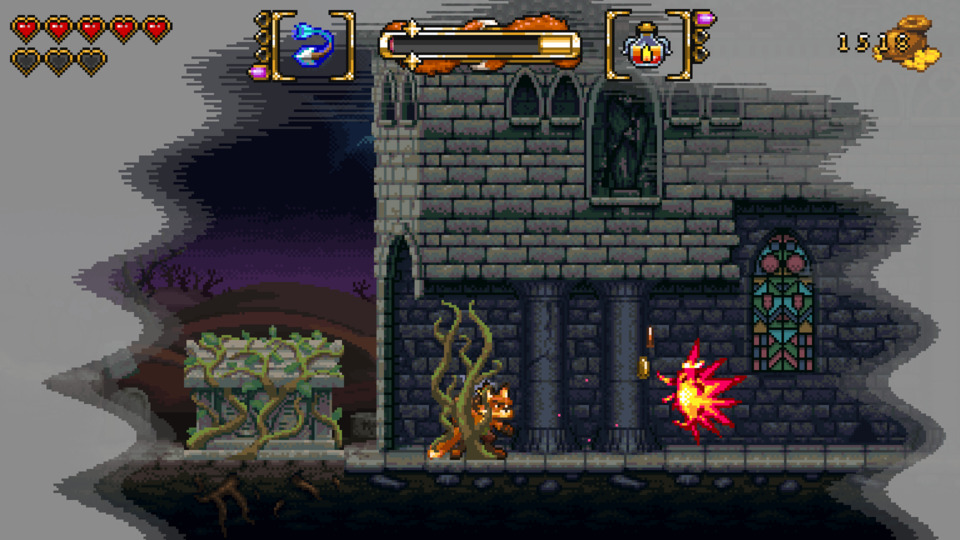
So far this all sounds pretty standard but inoffensive. The game’s main problems are in the way it’s designed. While it looks like a 16-bit game it plays more like a clunky 8-bit title from a European computer system. Rick is slow and his jump offers limited air control. He cannot shoot his crossbow while ducking or in the air, making it very difficult to line up attacks with many of the enemies in the multi-layered levels, which also have uneven ground (meaning that if Rick is at the bottom of a hill and an enemy is above him he has no way to attack them with his standard bolts.) Some of this is ameliorated later in the game, after Rick gains new crossbow attacks that allow him to fire a spread shot and a boomerang attack, but not all of them. In addition, weaker enemies respawn with only a few seconds between death and re-appearance, meaning you are constantly being swarmed and cannot clear out a section of level to explore but instead must constantly manage a steady stream of pests.
That wouldn’t be a problem if not for Fox ‘N Forest’s structure. There are four “seasons” in the game, which each have 2 main levels, a boss level, and an unlockable bonus level. In order to open up a new season you must defeat the boss of the previous season and also collect enough “magic seeds” to plant a seedling and open a new path. Each level has 5 seeds in it, and you need to collect about 25 to open the final set of levels. These seeds are hidden and will only appear when you pass over the piece of ground they’re planted on. In addition, many are locked behind switches that can only be opened with certain types of arrows, meaning that in many levels it’s impossible to collect all the seeds your first time through because you only get new arrows after defeating a boss and turning in a piece of bark. You also need cash and other items to unlock upgrades, and you actually have to pay for checkpoints with money, so unless you want to risk losing all your progress and losing anything you’ve collected that means you need to collect a lot of money in each level just to break even. All this combines to make it so that you are constantly scouring every inch of each level for hidden items and paths (there are lots of fake walls in this game that lead to hidden areas), which means that having a non-stop swarm of enemies that you can’t easily attack coming at you is extremely annoying and frustrating.
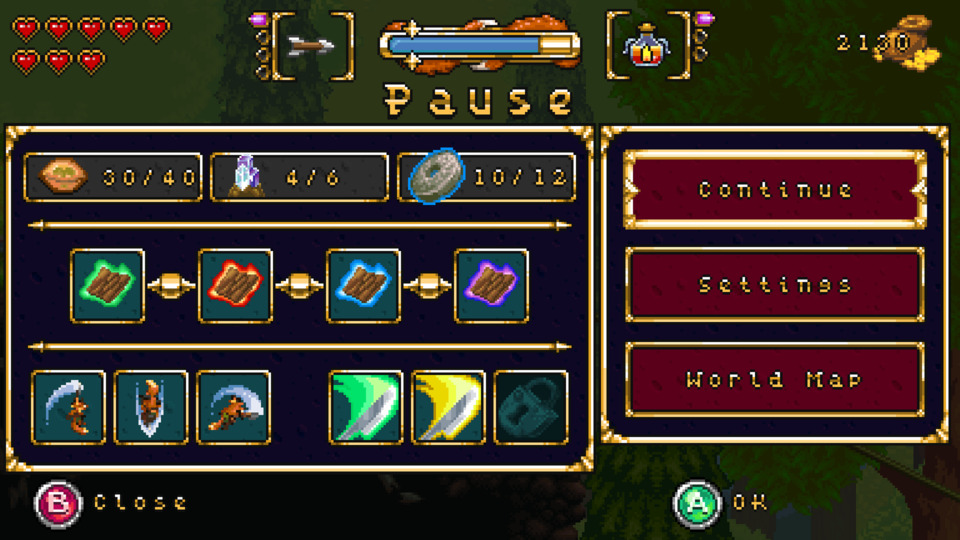
That’s not to say the game is particularly hard. It can probably be beaten in 4-5 hours because despite the levels being long and you having to repeat them, there are only 6 actual platforming levels in the game. There are also 2 horizontal shooter levels where Rick rides on his bird friend and shoots with his crossbow and these are…fine as a change of pace. They have their frustrating moments, and it’s annoying that you can’t see where hazards will be when you season switch, making it very easy to kill yourself by accident, but they get the job done.
The six platforming levels are long and frustrating but because you have infinite lives and can buy checkpoints you can learn them well enough to get through, and none require split second timing or incredible platforming skills. It’s more about remembering where the cheap hits come from (like those chests with the stupid ghosts in them) and where the health and magic pickups are, rather than any particular feats of dexterity or pinpoint precision. Most of the times I died it was either because I didn’t know what was coming or because I was too impatient, not because the game was super difficult. One particularly infuriating mechanic is your mana bar. It’s long and it’s used both for changing the seasons and for your magic arrows. It constantly drains when you’re in the ‘alternate’ season version of the level and you won’t use the regular arrows once you get the upgrades, so you’re always managing it. You can recharge it either through collecting mana crystals, which are relatively rare, or through just standing and waiting. That means that the optimal way to play is to stand around a lot and let your mana bar slowly recharge so you have enough ammo and/or season change for whatever challenges are coming up. This is, to say the least, not at all fun, and is the kind of design decision that should have been left in 1989. Designers who wanted to make a fun game would have allowed the mana bar to recharge quickly when out of combat for, say, five seconds, since in this game that generally means you’re in a safe location, but the people who made this game thought it would be better if you had to wait the better part of a minute to get your mana back, especially after the bar is upgraded. Thanks, guys.
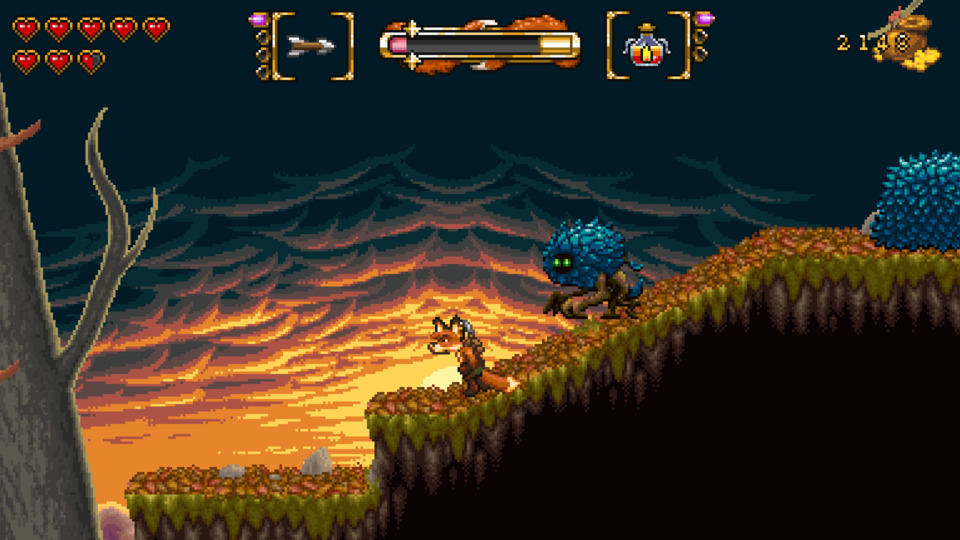
As for the bosses, they are pretty gimmicky. Once you figure out the “one weird trick” to damage them they go down in at most half a dozen attempts, and since they’re in their own levels there’s no runback, though you do have to click through their dialog each time. There’s an in game hint system that tells you what to do if you get stuck, so I didn’t find them particularly frustrating, except for the final boss, who has a bunch of phases and did the annoying thing where you have to repeat all prior phases as you learn the furthest one you got to, and it’s extremely boring to have to go through all of them over and over. As the cherry on top of the sundae I died just as I killed the last boss, and the game registered the win, popping the achievements, but instead of showing me the ending it spit me back out to the map (as it does when you die) and I couldn’t rechallenge the boss because the game thought I’d beaten it. So I had to watch the ending on Youtube. I assume this was a bug and not an intentional decision to copy the kind of sloppy programming you saw in a lot of Amiga games, but who knows.
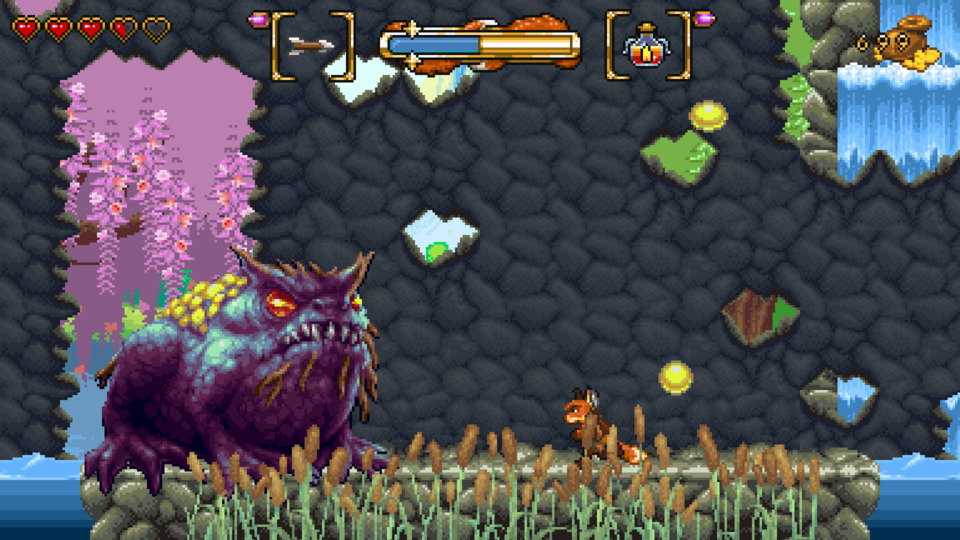
All the things I’ve described are legitimate design decisions, but they add up to a game that’s clearly aimed at an extremely niche audience of people who didn’t just love 16 bit platformers but specifically loved B and C tier 16-bit platformers, primarily from Europe. The game was made by a German studio and it has the feel of something designed by people nostalgic for the Amiga and its clunky controls and deadly water drips, rather than the SNES or Genesis with their slick, snappy, momentum based controls. It’s a game about searching and memorizing levels rather than twitch combat or reflexes, and while I guess I can respect that I didn’t enjoy it. I especially found the need to comb back through levels again after getting upgrades to be tedious and annoying, and by the time I got to the final platforming level I just ignored everything and made a bee line for the exit. I still died several times because of cheap enemies and hazards, but it didn’t take too long. I just wanted to be done with the game, and for a title with only 6 platforming levels that’s not a great sign. It’s just not that fun to play a game where you are constantly under attack but also have to painstakingly search every corner of each level to find items and progress.
The thing is, I’m not sure how you fix this game up for the modern mass market for the Amico. They’re replacing the visuals, which seems…unnecessary since I thought the game looked pretty good for its pixel-art style. The bosses are especially detailed, far beyond what a 16-bit system could manage. The new graphics look okay but animate quite poorly, using old ‘bone’ style animation instead of hand-drawn art. They’re redoing the music, which was, again, fine, though the music was, again, fine. The new music does sound better.
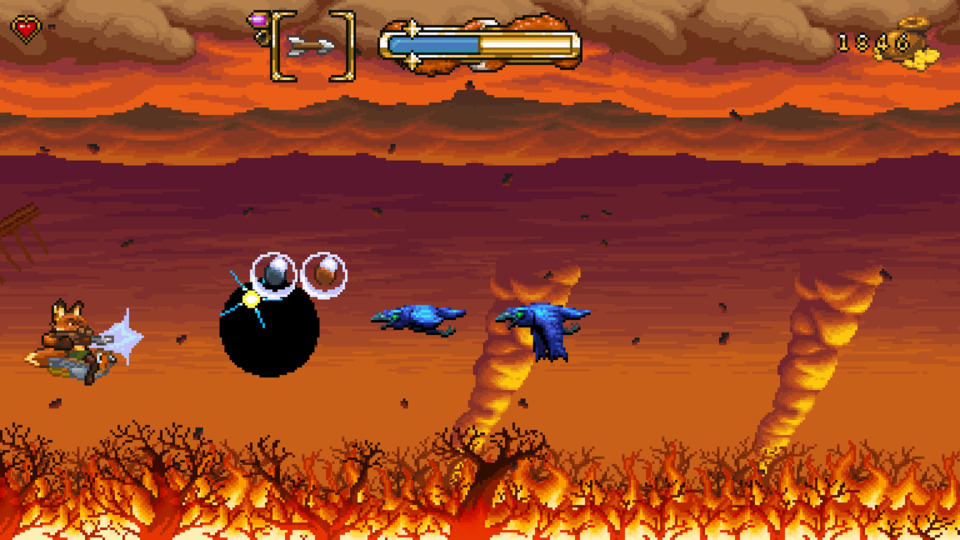
They also say that they’re making the game easier, which seems like the wrong way to approach it depending on what that means. It appears from footage that you can now shoot while jumping, which is a nice addition, but the problems with the game run deeper than just reducing enemy respawn or making the checkpoints free or whatever. The whole gameplay loop revolves around searching for items and secrets while under constant assault by enemies. Reducing the assault would make this search less frustrating, but it would also reduce the length of the game and make the pedestrian platforming and simplicity even more boring. I quit the game after the first level because it was dull, not because it was too hard. Meanwhile the issues with having to play levels multiple times and having to search every nook and cranny of each level to find all the items seem baked in to the design. You’d have to radically restructure the levels and the design philosophy to get rid of them. I’m not sure how you’d do that without essentially making a whole new game, with more content and a different design philosophy. Instead it seems like they’re trying to retrofit an Amiga style secret search frustrating platformer into a slick and fun Mega Man style action platformer, and I can’t imagine that going well. There certainly is room for lots of improvement, but in the end the game was what it wanted to be. What it wanted to be is just a frustrating relic of old European design decisions built around outdated hardware.
And the graphics certainly weren’t the problem.
